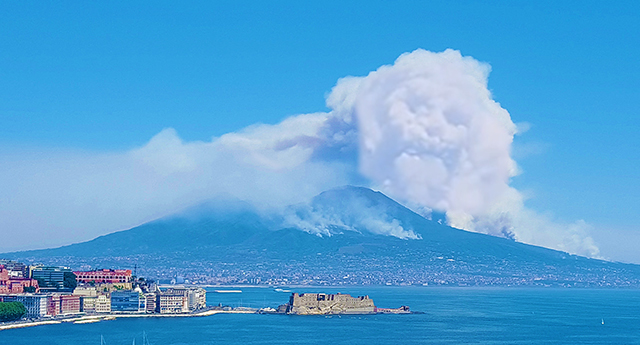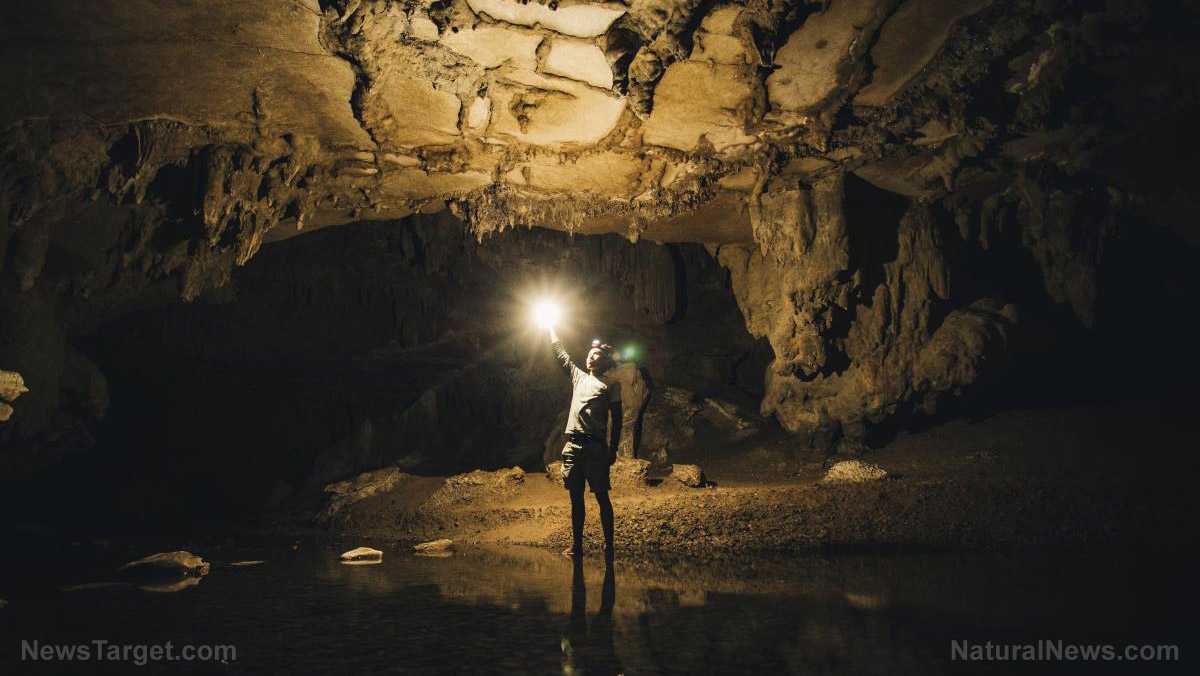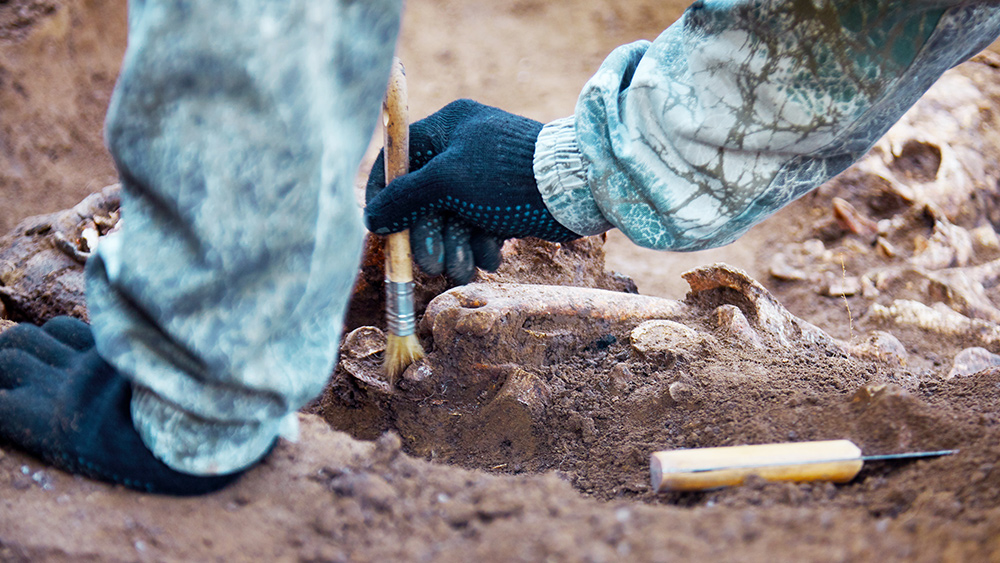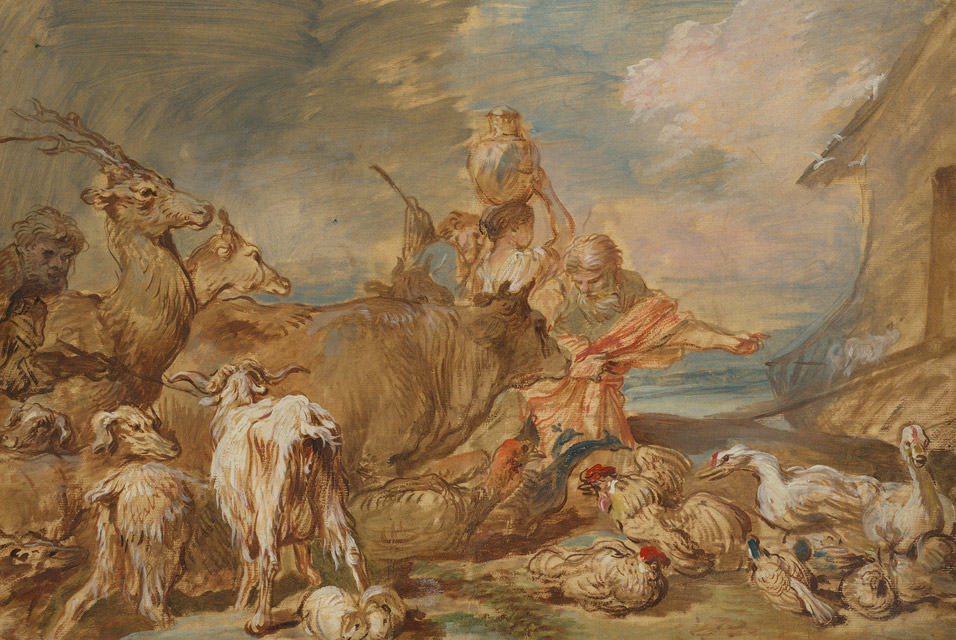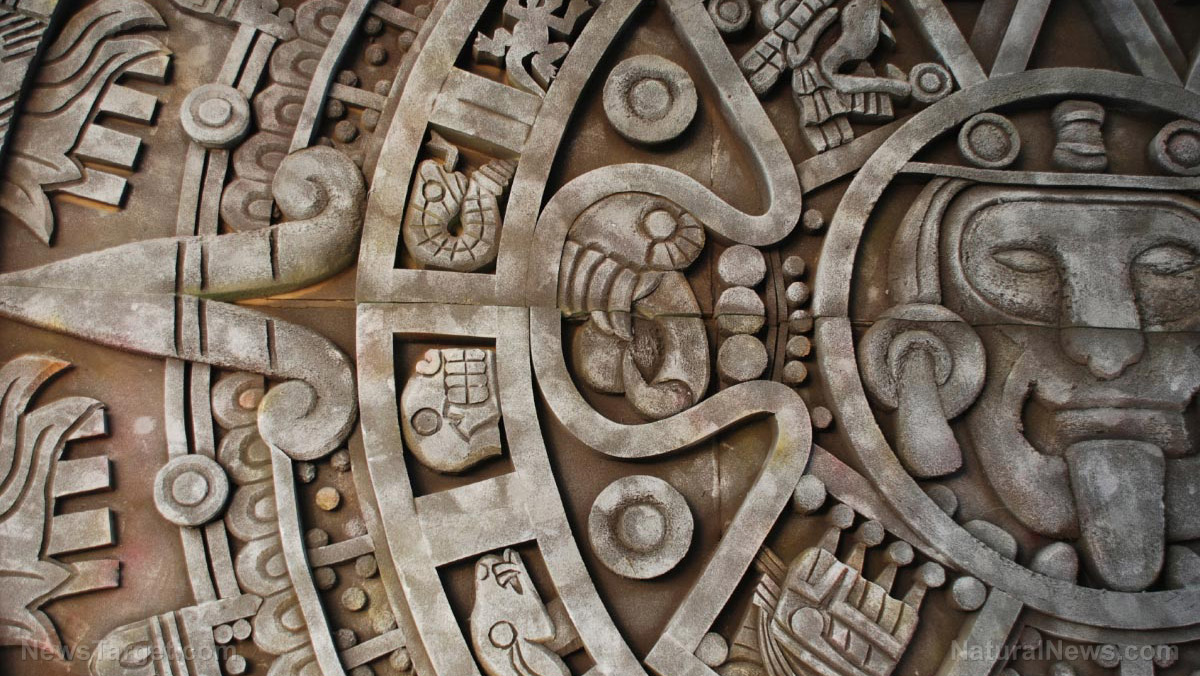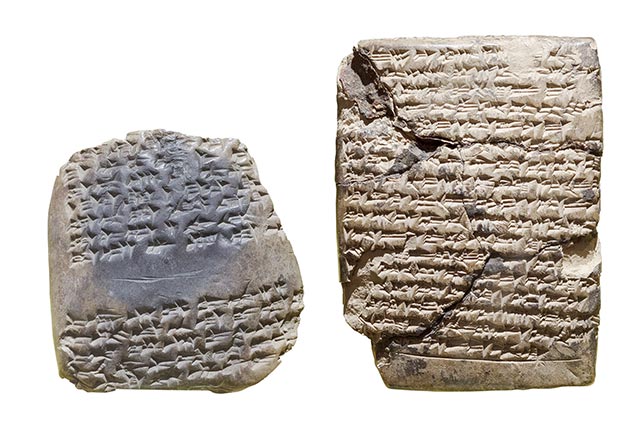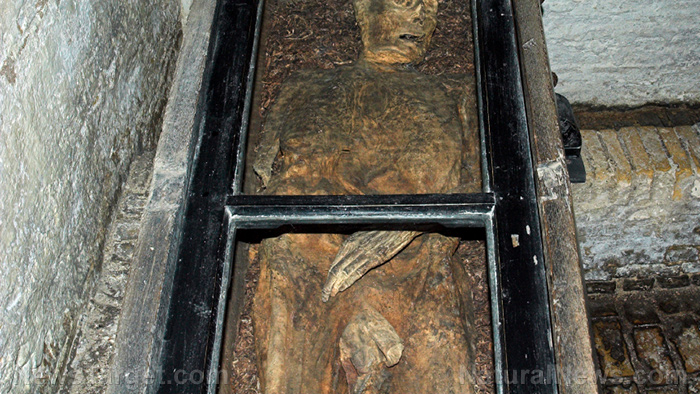Ancient pyramid in Mexico COLLAPSES due to heavy rains, local indigenous community interprets it as BAD OMEN
08/16/2024 / By Olivia Cook
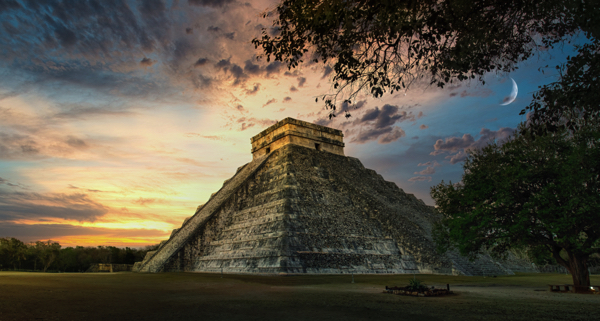
An ancient, 1,100-year-old brick pyramid in southwestern Mexico has collapsed due to heavy rainfall, and the descendants of the local indigenous community that built the structure are interpreting the collapse as a sign of impending doom.
Mexico’s ancient pyramids are powerful symbols of the country’s rich cultural heritage. However, heavy rains on July 30 led to the unfortunate collapse of parts of the Ihuatzio pyramids in the southwestern Mexican state of Michoacan.
These pyramids, dating back to around 900 A.D., once stood as the heart of the kingdom of the Purepecha peoples near Lake Patzcuaro. Following the demise of the kingdom, the site was occupied by the Aztecs and later by the remnants of the Purepecha people right up until the Spanish conquest. (Related: Fresh finds from a cave in Mexico suggest humans populated North America earlier than currently known, rewriting the prehistoric first settlers.)
In response to the damage, the Mexican government quickly dispatched experts from the National Institute of Anthropology and History (INAH) to assess the situation. Their investigation revealed significant damage to the southern side of one of the pyramids.
Photos of the site show a section of the pyramid eroded by the rain and threatening to weaken the rest of the ancient structure. This loss is particularly poignant for the Purepecha tribe, for whom these pyramids are sacred symbols of their ancestors’ beliefs and craftsmanship.
Pyramid collapse seen as ominous sign
While the ancient Purepecha kingdom is gone, Mexico is still home to its descendants. Approximately 141,000 Purepecha indigenous peoples still live, mostly in Michoacan, and they are known for their deep spiritual traditions and their connection to the ancient Purepecha sites.
For them, the collapse of one of the Ihuatzio pyramids represents more than just a physical loss to their history. They are interpreting its partial collapse as a foreboding sign.
Two deities from their ancient religion, Nana Kuerhaepiri and K’eri Kurikweri, hold a central place in their traditional beliefs, and events like the disaster at Ihuatzio have historically been viewed as warnings of looming misfortune.
Tariakuiri Alvarez, a descendant of the Purepecha, interprets the collapse as a bad omen – reminiscent of the signs that preceded the Spanish conquest in the early 16th century that preceded the period of great upheaval for the Purepecha.
Reflecting on the past, Alvarez said: “For our ancestors, the builders, this was a bad omen that indicated the proximity of an important event. Before the arrival of the conquistadors, something similar happened, which for the Purepecha worldview of that time, was because the gods Nana Kuerhaepiri and K’eri Kurikweri were displeased.”
The Purepecha, who once defeated the Aztecs and ruled for 400 years in a large part of today’s southwestern Mexico, eventually succumbed to the Spanish invasion in 1519.
INAH faces restoration challenges
The INAH recognizes the importance the damaged pyramids hold to Mexico’s ancient heritage. However, the task of restoring them to their former glory represent a significant challenge.
This restoration effort goes beyond simply repairing the structures; it is about preserving a piece of history that highlights the architectural brilliance of the Purepecha people. Constructed without modern tools, these pyramids have endured for centuries – standing as a testament to the ingenuity of their creators.
However, the restoration is fraught with difficulties due to previous restoration attempts that unintentionally caused harm. Restoration experts are now meticulously reviewing past efforts to avoid repeating mistakes, aiming to use modern materials that are compatible with the original construction.
Watch this video about the collapse of one of the ancient pyramids in Mexico.
This video is from the Daily Videos channel on Brighteon.com.
More related stories:
Archaeologists find records of Pompeii’s survivors, proving many survived Mount Vesuvius eruption.
Jerusalem’s wall: The ruins in the City of David archaeological site could PROVE the Bible was TRUE.
Ancient Scythian artifacts returned to Ukraine after decade-long legal battle with Russia.
Sources include:
Submit a correction >>
Tagged Under:
ancient history, archaeology, artifacts, big government, chaos, climate, collapse, disaster, environ, history, Mexico, natural disaster, panic, prophecy, pyramids, rain, weather terrorism
This article may contain statements that reflect the opinion of the author
RECENT NEWS & ARTICLES
COPYRIGHT © 2023 Ancients.news
All content posted on this site is protected under Free Speech. Ancients.news is not responsible for content written by contributing authors. The information on this site is provided for educational and entertainment purposes only. It is not intended as a substitute for professional advice of any kind. Ancients.news assumes no responsibility for the use or misuse of this material. All trademarks, registered trademarks and service marks mentioned on this site are the property of their respective owners.

